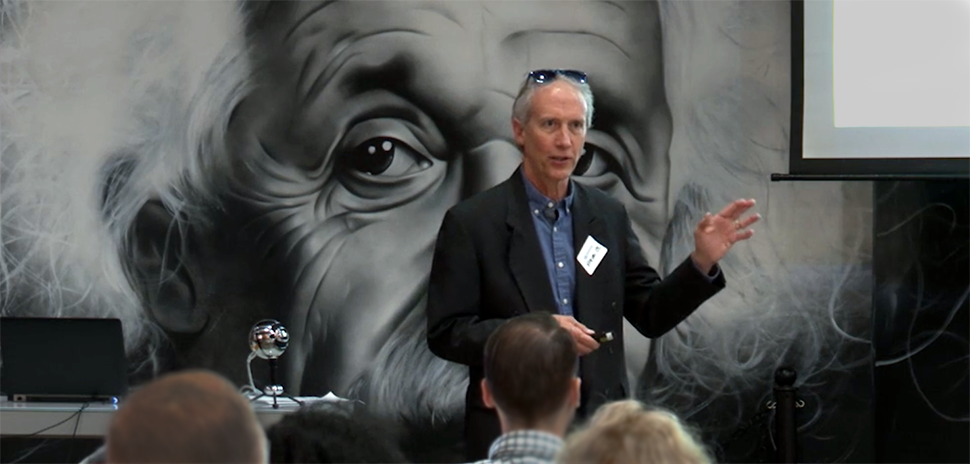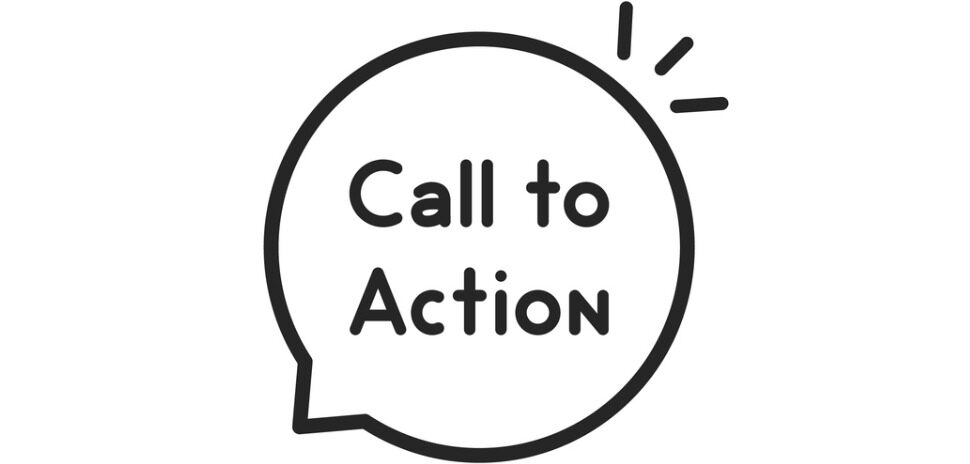The following nine myths are held firmly throughout corporate America, and I hear them all the time. They simply make sense to people, but they are not true. Here is why.
1. Innovation = creativity
Those two words are often used interchangeably.
Reality: Although related, those are two different terms. Innovation is the organizational function of introducing new, useful, and feasible products, services, processes, or business models by an organization. Creativity is the individual’s (or team of individuals’) cognitive ability to transcend traditional ideas, rules, patterns, and create meaningful and original ideas. The relationship between the two can be described as: Innovation is the implementation of creative ideas.
2. Innovation = entrepreneurship and startups
Myth: Innovation cannot be achieved by mature, large companies. Only by startups.
Reality: While most innovation comes from startup companies, some of the top innovative companies are mature and large. (Apple was founded in 1976 and generates $228 billion. Google: 1998, $78 billion, Microsoft: 1975, $87 billion. And so on.) The myth acts as a self-fulfilling prophecy and deters large companies from attempting to innovate like startups.
3. You were either born creative or not
Myth: Creativity cannot be learned or exercised.
Reality: This common belief also becomes a self-fulfilling prophecy, this time at the personal level, causing some to believe they are not creative, will never be, and shouldn’t even try. In fact, creativity is learned and can be exercised, like every other muscle in your body. It can be affected by your practices, how you expose yourself to old ideas, procrastinate to let them incubate, trigger the combination of those ideas into new ones, and relax to let it happen. Great ideas might feel accidental, but they are not. You can put yourself where the likelihood of such “accidents” is higher.
4. There is nothing you can do to increase innovation organically in your company
Myth: If your company “lost its innovative edge,” it is irreversible, and the only way to increase innovation would be to buy it.
Reality: Just as individuals can increase their creativity levels, so can companies. Since innovation is the implementation of individual (and team) creative ideas, an organization has three main degrees of freedom to increase creativity. First is to hire more creative people. Note that I’m not suggesting those people were born more creative, but merely hire people who have invested efforts in becoming more creative. Second is to create a climate that motivates those individuals (and teams) to be more creative. And third, institute an effective mechanism of self-selection of creative ideas to implement them, instead of the archaic “innovation funnel.”
5. You need to drive innovation
Myth: Innovation will not happen by itself. If employees are given a choice, they will not innovate. You, the executive, need to be the driving force behind innovation.
Reality: Driving innovation is not effective. Innovation is less like golf and more like curling. You need to let it happen. You cannot mandate it. You cannot force employees to be creative, but you can let them know that trying things and failing is acceptable, as long as they learn from it. You can promote the behaviors that increase creativity, and discourage and eliminate the behaviors that discourage it. Bureaucracy, internal politics, and internal competition are a few of those you need to eradicate.
6. You need to build an innovation space and allocate time for creativity
Myth: Innovation cannot happen while an employee is doing her “day job” in her office. You need to build an innovation lab and put employees there to be innovative. It has to be a special place that inspires innovation. Furthermore, one of the most innovative companies, Google, is famous for giving its employees one day a week during which they are not allowed to work on their current project and are required to work on new things. Other companies have created innovation labs to provide physical space for employees to be creative. If this works for them, you must implement it yourself.
Reality: In reality, those didn’t work, since you cannot control where and when ideas will happen, which goes to the previous point of the ineffectiveness of trying to drive new ideas. You can only create an environment in which employees and teams will become more creative, and processes for the organization to implement the best ideas. But this environment needs to exist seven days a week, 24 hours a day, and in every office and meeting room.
7. Financial incentives increase creativity
Myth: People work here for the money. So why not promise a bonus for great ideas? Often, companies offer bonuses for filing patents.
Reality: Not only do financial incentives fail to increase creativity, experiments show that they actually reduce it. Financial incentives have been proven to increase productivity on simple and repetitive tasks. They fall under the category of extrinsic motivation. However, complex tasks, especially the creation of new ideas, are motivated intrinsically, within the task itself. Supervisor and organizational encouragement, autonomy, and the right amount of resources will encourage creativity, while monetary bonuses will actually destroy it. I’ve seen employees giving themselves “quotas” for the number of patents they will file a year for the bonuses they get from them. As a result, they filed minor and insignificant patents.
8. Innovation requires significant resources and funding
Myth: Innovation is measured by the percentage of revenue that goes into R&D. The more R&D dollars you spend, the more innovative your company will be. You need to give your creative people every resource they need.
Reality: There is no evidence that the amount of money invested in R&D yields better creativity. Here is an example: Apple, although occupying the top innovator spot, does show some worrying signs of innovation decline. With 68.3 percent annual revenue growth and 373 percent annual profit growth in 2005, the company only showed 7 percent revenue growth and 7.2 percent profit growth in 2015. Its R&D spending, though, which only grew 9.2 percent annually in 2005, has grown over 30 percent annually in each of the last four years. There is no doubt that employees need a minimum amount of resources to try new ideas, but beyond a certain amount of resources, not only does “the law of diminishing returns” come into play, but in fact you can have too many resources that will make you think less. One of my research participants said that “you have to be more creative when you have less resources, because you have to do more with less and it kind of spurs the creativity process.”
9. Innovation initiatives need to be implemented throughout the entire organization
Myth: The problem with innovation is that it has to be implemented throughout the entire organization. The last thing you want is a creative accounting department, or a manufacturing department that doesn’t follow processes. It’s either all of the organization or nothing.
Reality: The last phrase that you want to hear is that you have “creative accounting….” Recent regulations impose more strict scrutiny on companies and force the implementation of more stringent internal processes. There is no doubt that the company needs to adhere to those external regulations, but you also need to know where your creative “core” needs to be, and release those people from processes that stifle creativity. Autonomy and freedom from processes and bureaucracy belong in some areas of the company, but not all of them. Your “creative core,” the team (or teams) responsible for developing new ideas, needs to be free of bureaucracy and regulations that do not apply to them. Your manufacturing and accounting teams will be subject to more stringent regulations, but even they need to see those as external regulations and not internal formalization that is made to comply with those. In other words–they need to own external compliance, rather than internal.
The above is an adapted excerpt from my latest book, “un-kill creativity: how corporate America can out-innovate startups.
Delivering what’s new and next in Dallas-Fort Worth innovation, every day. Get the Dallas Innovates e-newsletter.





































































